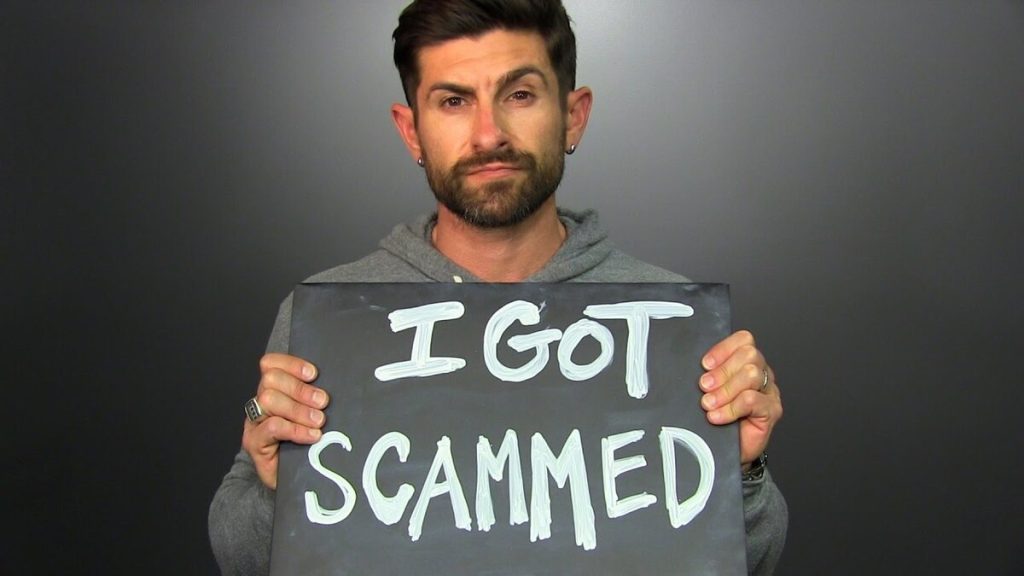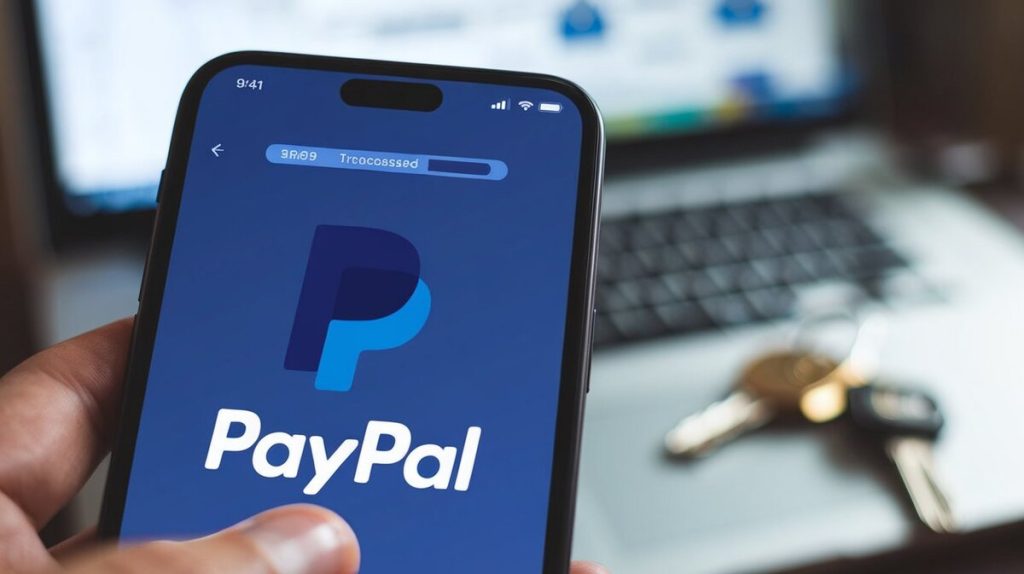Selling online through PayPal is efficient and widely adopted, with over 430 million active accounts globally. However, the platform’s popularity also makes it a target for scams. This guide focuses on practical strategies to protect yourself when selling through PayPal, with clear, fact-based advice and minimal fluff.
Introduction
PayPal’s convenience comes with risks. In 2023, millions of fraudulent transactions occurred on the platform, leading to significant seller losses. This article provides straightforward methods to avoid scams, ensuring safe transactions and reducing financial risk.
Common PayPal Scams Targeting Sellers
Awareness of common scams is critical to safeguarding your transactions. Here’s what you need to know:
Fake Payment Confirmations
Scammers often send counterfeit PayPal emails or notifications, claiming that payment has been made. In 2023, 30% of online payment fraud cases involved fake payment confirmations. Always verify payment directly through PayPal before shipping goods.
Overpayment Scams
In these scams, the buyer deliberately “overpays” and asks for a refund of the excess amount. This scam is effective when the initial payment comes from a stolen or compromised account. Overpayment scams constitute 15% of payment-related fraud cases.
Shipping Address Scams
Scammers provide a fake address during purchase and later claim non-receipt of the item, often succeeding in getting a refund while retaining the product. PayPal’s Seller Protection doesn’t cover items shipped to addresses not listed on the transaction page. Always verify the shipping address before dispatch.
Phishing Scams
Phishing involves scammers sending fake PayPal links to steal login credentials. Phishing attacks on PayPal increased by 22% in 2023. Never click on links in unsolicited emails, and always use two-factor authentication.
“Friends and Family” Payment Scam
This scam involves buyers asking sellers to accept payments through PayPal’s “Friends and Family” option to avoid fees. However, this method offers no seller protection. In 2023, sellers lost over $50 million globally due to such scams. Insist on “Goods and Services” payments for all transactions.

How to Protect Yourself
Here are concrete steps to protect yourself from these scams:
Always Verify Payment
Log into your PayPal account directly to verify that payment has been received before shipping any goods. Use PayPal’s notification system to confirm funds.
Use PayPal’s Seller Protection
Only ship to the address listed on the PayPal transaction page. Use tracked and signed-for shipping methods to provide proof of delivery, which is crucial if a dispute arises.
Avoid Overpayments
Cancel transactions if a buyer overpays and request the correct amount instead. Always verify the source of funds and the legitimacy of the buyer’s account before proceeding.
Be Wary of Phishing Attempts
Never click on links in unsolicited emails or messages. Always manually enter the PayPal URL in your browser, and enable two-factor authentication to secure your account.
Reject “Friends and Family” Payments
Always insist on “Goods and Services” payments to ensure your transaction is covered by PayPal’s Seller Protection. Avoid any transaction where the buyer insists on using the “Friends and Family” option.
Be Cautious of Suspicious Behavior
Scammers often create a sense of urgency or offer deals that seem too good to be true. Take time to verify the buyer’s identity and question any unusual requests.

What to Do if You Get Scammed
If you suspect you’ve been scammed, take these steps immediately:
Report the Scam to PayPal
Open a dispute through the PayPal Resolution Center. Follow these steps:
- Go to the Resolution Center on the PayPal website.
- Select “Report a Problem.”
- Locate the transaction in question and select “Continue.”
- Choose the reason for the dispute (e.g., unauthorized activity, item not received).
- Provide detailed information and submit the dispute.
PayPal typically resolves disputes within 30 days, depending on the case complexity.
Contact Local Authorities
Report significant financial losses to local law enforcement, providing all relevant documentation, including emails, transaction details, and buyer correspondence.
Chargeback Prevention with Merchanto.org
Chargebacks are a common issue for sellers. Partnering with a reliable chargeback prevention service can help. Merchanto.org, an official partner of VISA and MasterCard in chargeback prevention, offers tools to detect fraudulent transactions before they are processed. This partnership is crucial in reducing the risk of chargebacks and protecting your business.
Learn more about their services at Merchanto.org.
Data Tables
Table 1: Common PayPal Scams and How to Avoid Them
| Scam Type | Description | Prevention Tips |
|---|---|---|
| Fake Payment Confirmation | Fake emails or notifications claiming payment was made | Verify payment directly on PayPal before shipping |
| Overpayment Scam | Buyer “overpays” and asks for a refund | Cancel the transaction and ask for the correct payment |
| Shipping Address Scam | Fake address provided, leading to a claim of non-receipt | Ship only to the address listed on PayPal’s transaction page |
| Phishing Scam | Fake PayPal sites designed to steal login credentials | Never click on links in unsolicited emails; use 2FA |
| “Friends and Family” Payment | Request to use this method, offering no protection | Insist on “Goods and Services” payments for protection |
Table 2: PayPal Seller Protection Overview
| Protection Feature | Description | Requirements |
|---|---|---|
| Unauthorized Transaction Coverage | Protects against fraudulent payments | Ensure item is shipped to the address on the PayPal transaction |
| Item Not Received Coverage | Covers sellers if a buyer claims they didn’t receive an item | Provide proof of delivery with tracking and signature required |
| Chargeback Protection | Assists in chargeback disputes, especially for unauthorized transactions | Use PayPal’s dispute resolution tools to manage the process |
Table 3: Steps to Take if Scammed
| Action | Description | Expected Outcome |
|---|---|---|
| Report to PayPal | Open a dispute in the Resolution Center | Investigation and potential refund if the claim is valid |
| Contact Local Authorities | Report significant financial losses to law enforcement | Possible recovery of funds and legal action against scammers |
| Secure Your Account | Change passwords, enable 2FA, and monitor for suspicious activity | Prevent further unauthorized access |
Conclusion
Selling on PayPal offers significant opportunities, but it also comes with risks that require vigilance. By staying informed about common scams and following best practices, you can protect yourself from fraud. Partnering with chargeback prevention services can further enhance your security and ensure the sustainability of your business.
Always stay alert, follow the guidelines provided, and take immediate action if you suspect fraudulent activity. With these precautions, you can enjoy the benefits of selling online while minimizing risks.



